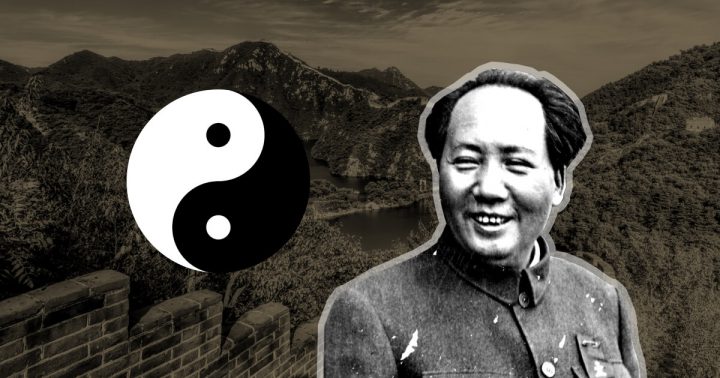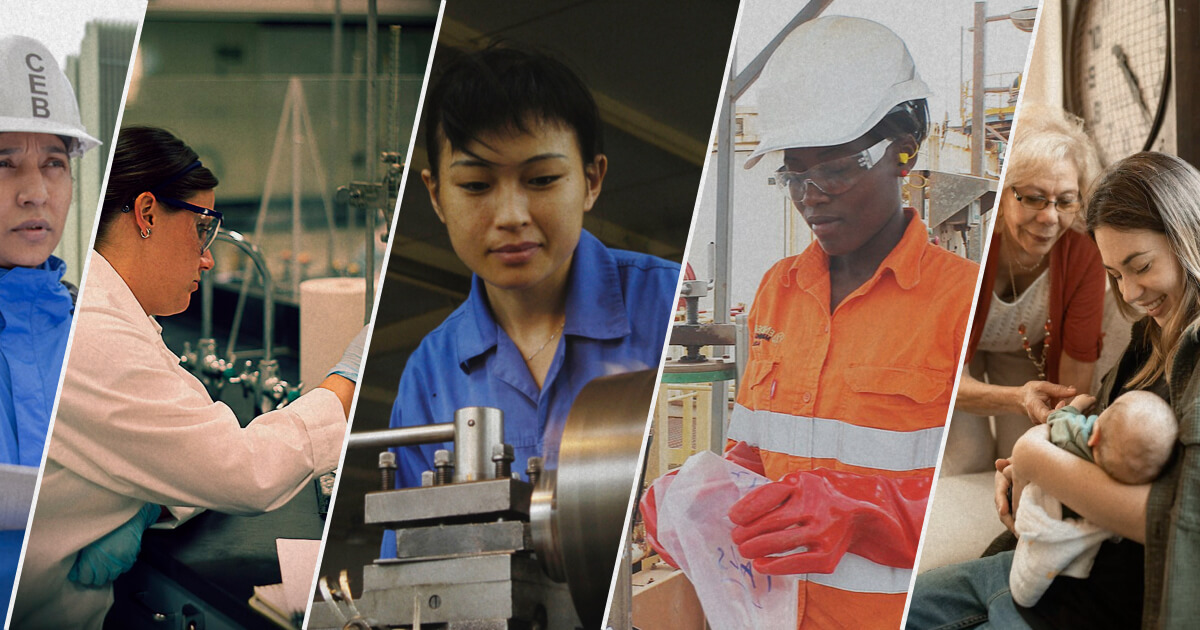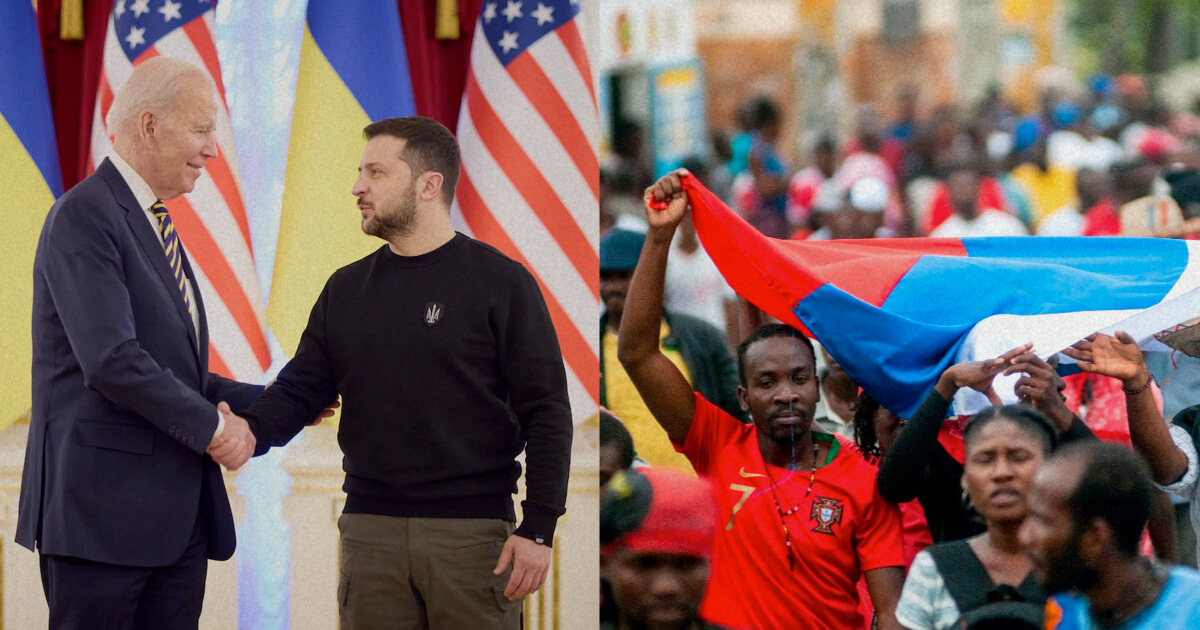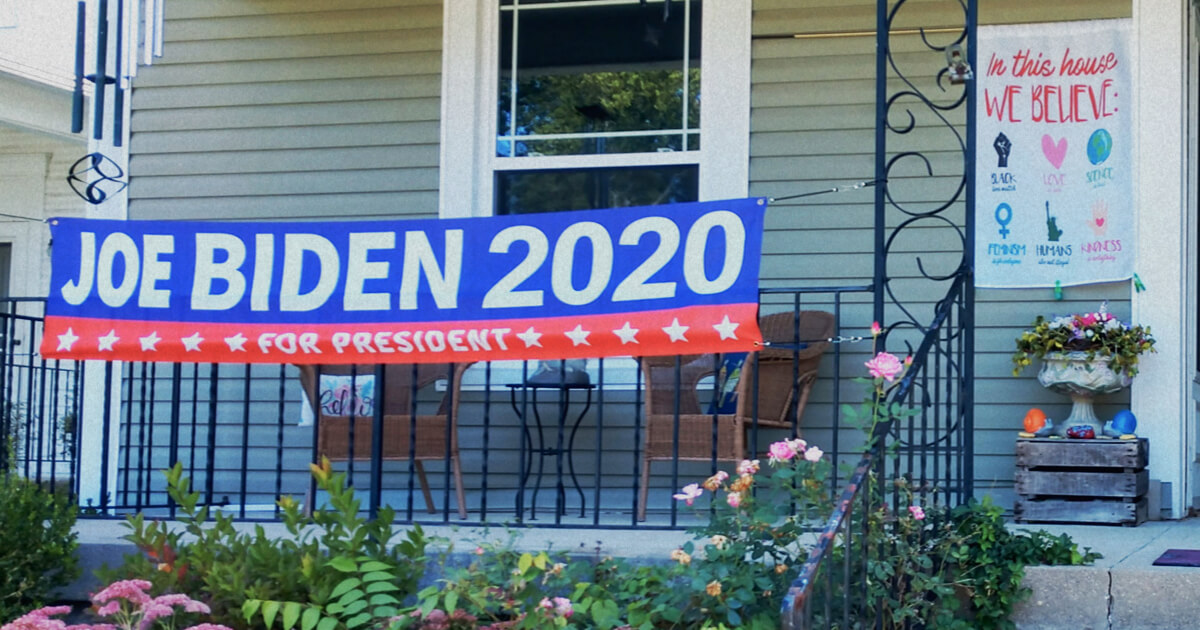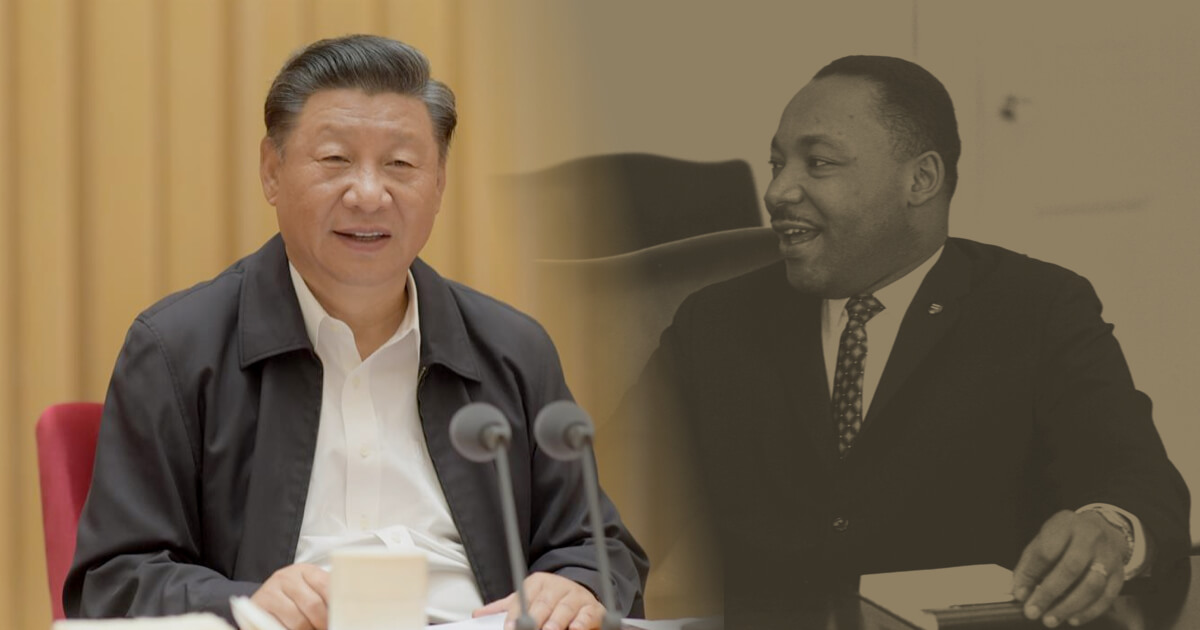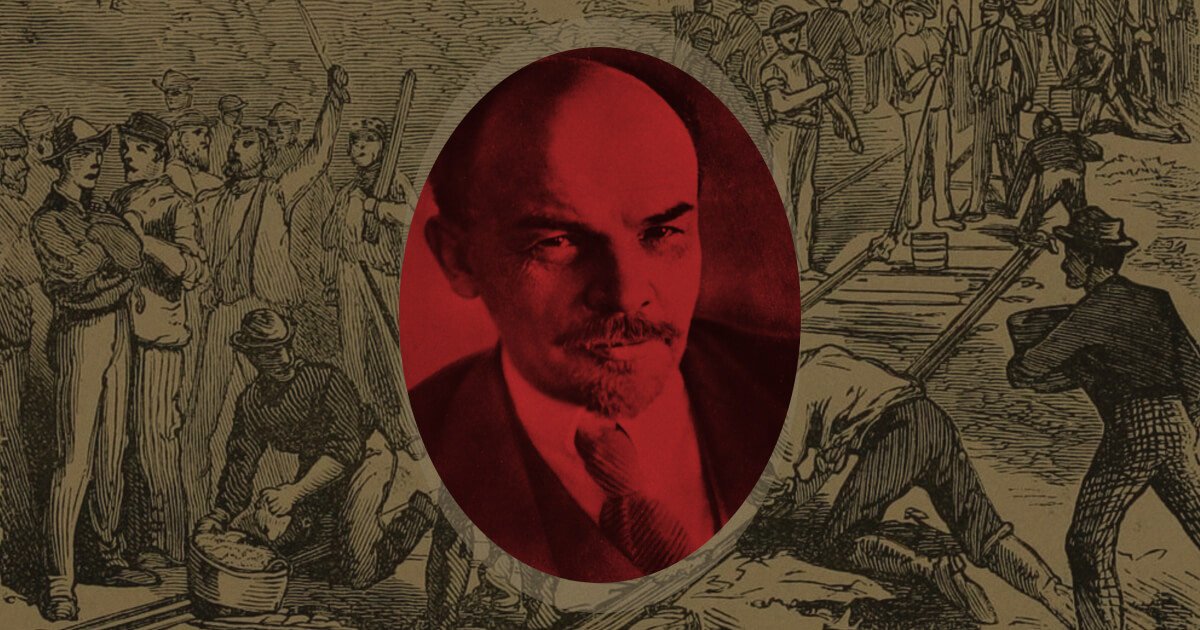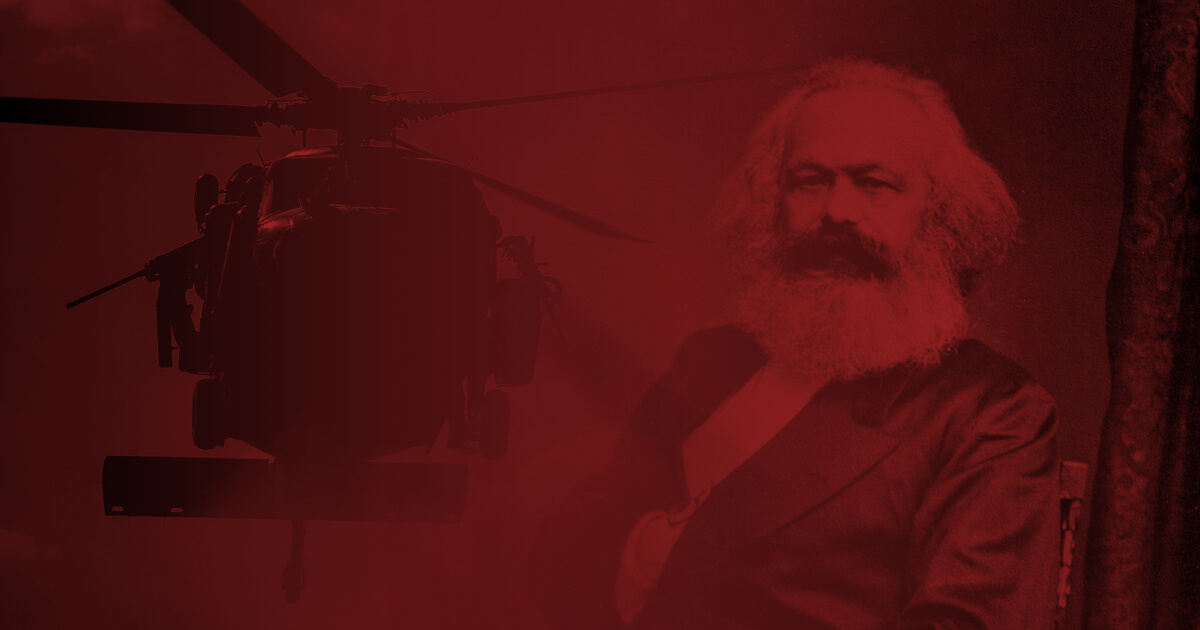In this interview conducted by the Rosa Luxemburg Foundation, organizer Jane McAlevey explains how workers can recognize their power and effectively build structures in their workplaces and communities. Transcript below.
We don’t need someone giving us a little raise. Workers actually need power.
How does organizing affect the individual?
“Part of what happens under any capitalist society of any kind is that workers are told they’re not very smart. And workers are told it’d be better if they just let the smart managers on top figure out all the problems. What’s different about organizing is it places a premium value on relying on the actually great intelligence of most workers in the workplace.”
How do workers organize effectively?
“The things that I talked a lot about in the book ‘No shortcuts’ are what workers have to do to be able to win really great contracts – not just a little raise but a really great contract – is, they have to build what we call an effective, tight workplace structure.”
Which steps are necessary for a ‘tight structure’?
“That’s the beginning. The first work we have to do, is identify who are those workers that are most trusted by their co-workers. That’s the organic leaders. Once we identify them we have to work to bring them into the work, so that’s step two. Step three is beginning to engage in what we call structure tests, which are really simple to do but also really hard to do well. They involve a piece of paper and a pen. You don’t need a computer, you don’t need fancy social media. Workers just need pens and markers. And big pieces of paper and petitions. And we do things like once we think we have the organic leader we’re going to ask that person to get a majority of the workers on their shift or their unit or their factory or their building or their whole workplace to sign up to a supermajority level.”
How do you achieve super majorities for 100% strikes?
“The only way to get to a 100% out strike – that’s where we’re going, right? Each structure test is going to what we call the ultimate structure test and the ultimate structure test is the mass strike. The only way to know if workers are actually ready to take a hundred percent out mass strike is if we’ve been doing a mechanism called the structure test. We do a lot of them. We start with one and when workers achieve fifty-one percent, usually takes a while, Then we’ve started to learn: where are we strong. Which facility are we weak in. Which shift are we weak in. Which unit a hospital are we weak in. Which factory are we weak in. Then we say, these workers, they did their petition to 90 percent – see you next time. You’re in good shape. It teaches us to focuson where the worker or leadership might be weaker. Where there’s less participation. Then we have to really dig in there.”
What’s your response to workers unwilling to contribute?
In my experience, most workers don’t want to get involved in the beginning. Most workers would like to have someone else fix their problems. It’s just that it doesn’t work that way. It just actually doesn’t work. The important thing is: you have to figure out what matters to the workers who are not participating.”
What’s your approach regarding the workers’ most pressing issues?
“What doesn’t work is to say to workers: hey, what issues matter to you at work. That’s a not helpful question. If you’re a good organizer and you’re trying to grab a worker at shift change who’s running out to the car to the parking lot because they do not want to talk to us. The important question is: If you could change three things at work tomorrow what are the three things that you would change. It’s a much more effective question. Then we have to actually engage the person on those three, two or one issues. We often make a mistake by just putting out something about wages. It’s not the biggest issue for a whole lot of workers.”
What’s the difference between organizing and movements like the ‘Women’s March’?
“If there’d been a million women marching in Texas in a conservative state where Trump won then that would mean something very different than if there were a million women in Washington DC or New York City. Because most of our marches are only attracting people who already agree with us. The problem is, to defeat the AfD, to defeat neoliberalism, our side has to reach many millions of more people who are not coming to our marches. When we post something on facebook and say come to our march the only people reading the facebook feed, are people already in our facebook feed. They kind of agree with us. To me, the distinction I’m trying to make is that organizing is about reaching people who are not yet involved and maybe think that they don’t agree. Maybe they think they don’t even agree with us. Initially. Our job is to find them, recruit the people they trust, because the people they trust will then make our marches 15 times bigger. Mobilizing is usually what I call self selecting. It’s usually us having a conversation with a few thousand more people each day but who already agree. That’s not gonna help us right now.”
How should progressives respond to the emerging gig economy?
“What’s the fastest way right now, if we think the platform economy is a bad idea? How do we build the power in the next four years to change the law to slow down the platform economy and keep it as a small part of our economy? Maybe eventually get rid of it. It isn’t that we mind people doing digital work. Digital work is fine. But employers have to hire them as full workers, pay into society, pay taxes, pay social wages. If that’s our goal then there’s plenty of workers that we should be prioritizing as a trade union sector right now. And also helping people who want to form a union at Uber, TaskRabbit, Deliveroo or whatever. That’s fine. But we have to set priorities as a movement. Because we can’t do everything at once well. What are the things that we should do that elects to be effective? That’s part of the argument I’m making in the book. ”


